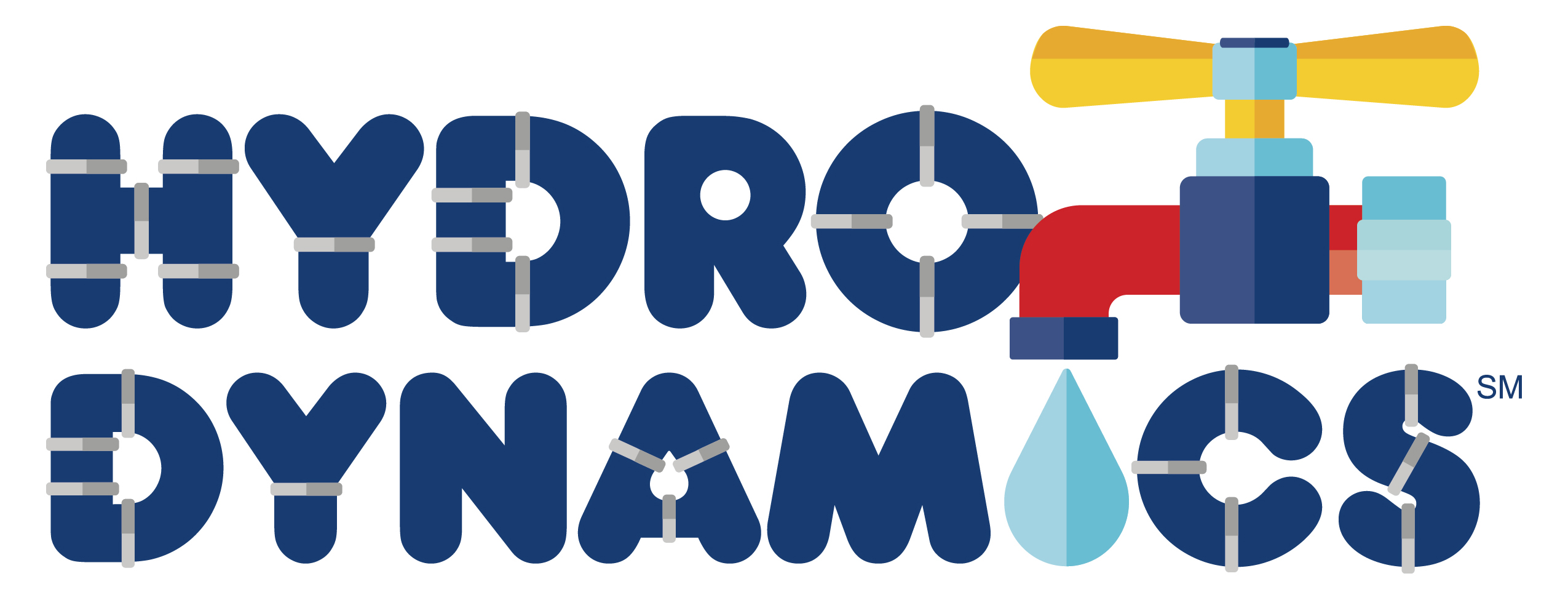Refereeing at FIRST Lego League

I had the pleasure and privilege of again volunteering, this time as a design judge at the FIRST Lego League Oklahoma City qualifier competition this past weekend. FIRST Lego League is strikingly similar to BEST. It’s an annual competition for middle school students for which they are also given a scenario, typically some real-life problem condensed into a simplified set of tasks and made competitive, and are instructed to construct and program a robot to handle it. This year’s was based on the human relationship with the water cycle and was called “Hydro Dynamics”:

Teams had at least a dozen different missions to choose from, each with a number of points awarded (and sometimes bonus points) for success. Read more about the challenge here. Each rounds had two teams competing at once on identical tabletop game fields to complete whatever missions they could within two minutes. Here’s a look at the setup:

The competition was only a small portion of a team’s overall score, which was based on a design review (that’s what I was judging), a presentation, and an evaluation of the team’s commitment to FIRST’s core values. I think it’s good to de-emphasize the competitive aspect so the focus is more on fun and learning and the atmosphere is far less cutthroat, but it takes a little bit of wind out of the sails and it makes for some difficult deliberation to come up with a final ranking. I was lucky to have been paired with a very capable veteran FIRST Lego League judge/coach from out-of-state who made my job really easy and taught me a lot for the next time I volunteer as a design judge. He was very opinionated about how the judging process should go down and really butted heads with some of the other judges.
The best part: these robots were autonomous! The kids had to program them to move into place and perform actions to complete the missions. Most relied on very basic odometry (counting wheel rotations, for instance) and merely pushed objects around, but others incorporated light sensors to find black and white stripes on the field to better localize themselves or incorporated complex actuated attachments to perform the tasks with surprising precision. Even better: some of the best teams were partially comprised of girls, and the best team I saw all day was all girls. Hooray! Hope for the future!
Overall, I was really impressed with what these kids were able to accomplish. If I had to rank my recent volunteer experiences so far, it would be:
- Black Girls Code
- First Lego League
- BEST